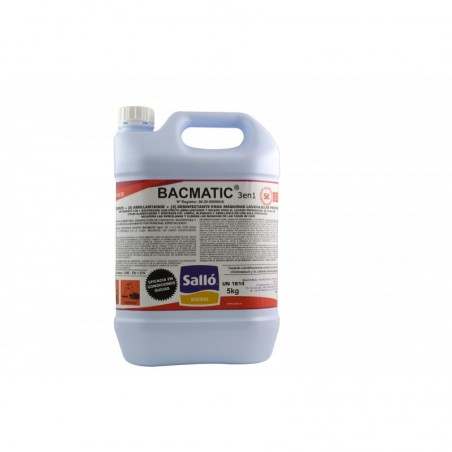Feed costs are a large proportion of the total cost of pig production, thus, optimizing the feeding strategy increases profit. The best option is to closely match supply to requirements. It has been proven in some studies that pigs may show a compensatory growth response after a period of energy or protein restriction, but, what is not clear is whether this compensatory growth is accompanied by increased amino acid requirements. Therefore, the objective of the study was to determine whether lean meat type finishing pigs react differently on a high or low amino acid diet if the amino acid levels were decreased in the preceding growing phases. For that purpose, a two by two factorial trial was performed, where 96 gilts were divided over four treatments. The two factors were amino acid level in growing and early finishing, and amino acid level in late finishing. For the low amino acid diets the lysine, methionine, threonine and tryptophan levels were lowered by 20% and 30% in the growing and two finishing phases, respectively. The four treatments combine high vs. low amino acid levels in growing and early finishing, with high vs. low amino acid levels in late finishing. All pigs were weighed individually every week. Feed consumption per pen was recorded and average daily feed intake was calculated as well as average daily gain and feed conversion ratio. At the slaughterhouse, lean meat content in the carcass was estimated.
The results showed that restricting amino acid levels in growing and early finishing led to a decreased growth rate but improved efficiency of amino acid use, which lasted into the subsequent phase. Pigs on a high amino acid diet in late finishing phases were able to compensate to a large extent for amino acid restriction in growing and early finishing. Amino acid content in late finishing determined carcass quality. In the lean meat type gilts used in this experiment, restricting amino acid concentrations by 20% in the growing and 30% in the early finishing phase increased the growth rate and efficiency of growth in the subsequent late finishing phase.

To conclude, in order to obtain good carcass quality, it is crucial to provide the animals with a balanced diet during the late finishing phase.
Millet S, Langendries K, Aluwé M, De Brabander DL. Effect of amino acid level in the pig diet during growing and early finishing on growth response during the late finishing phase of lean meat type gilts. Journal of the Science of Food and Agriculture. 2011; 91(7): 1254-1258. https://doi.org/10.1002/jsfa.4307






